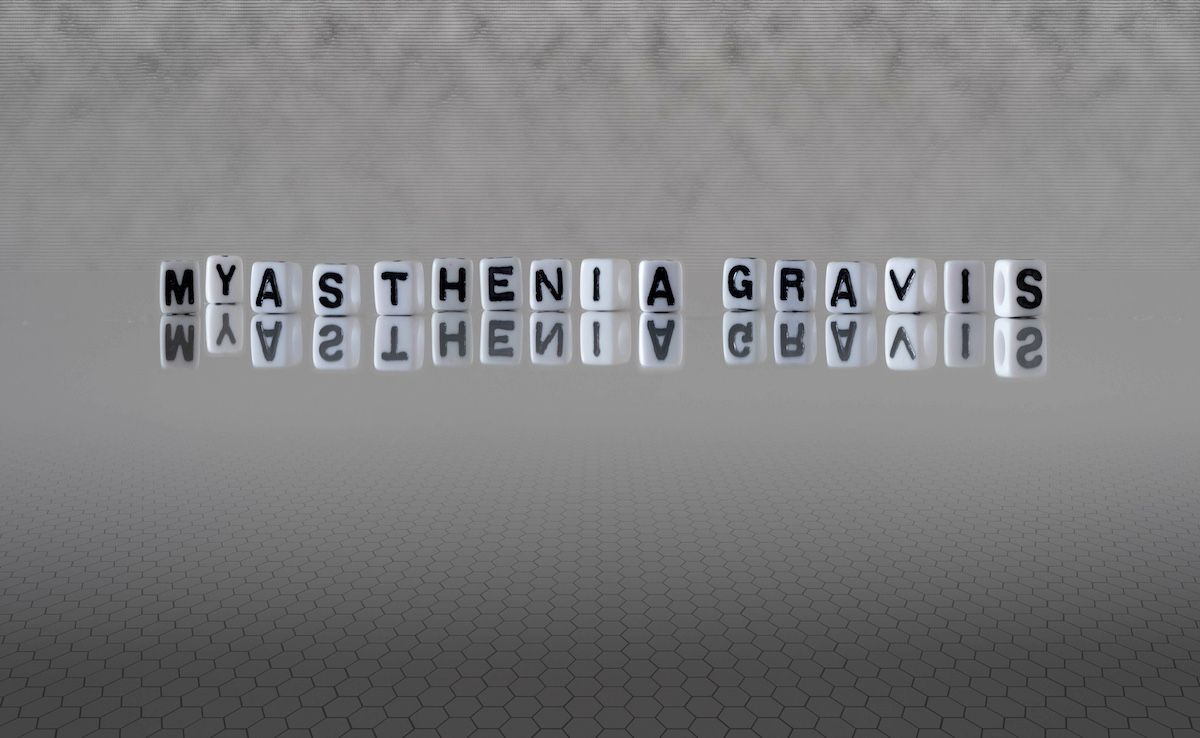- Center on Health Equity & Access
- Clinical
- Health Care Cost
- Health Care Delivery
- Insurance
- Policy
- Technology
- Value-Based Care
COVID-19 Exacerbations in Myasthenia Gravis Linked to Severity
This new study investigated the impact of COVID-19 on patients with myasthenia gravis, finding that although most patients did not experience severe COVID-19, a significant portion suffered postinfection exacerbations.
A recent study investigated the impact of COVID-19 on patients with myasthenia gravis (MG), focusing on risk factors for severe or critical infection and the risk of MG exacerbation symptoms post infection. The retrospective study was published in Frontiers in Public Health.1
The study enrolled 287 patients, and all had a confirmed diagnosis of MG, collecting clinical data from December 2022 to March 2023 during China's Omicron wave. Researchers found that 84.7% of patients contracted COVID-19 despite widespread vaccination efforts. However, only 5.8% of infected patients developed severe or critical COVID-19.
The results indicated that comorbidities such as asthma, chronic obstructive pulmonary disease, and pulmonary fibrosis did not increase susceptibility to COVID-19. Furthermore, commonly used MG treatments, including corticosteroids, nonsteroidal immunosuppressants (P = 1.000), and immunomodulators (P = .794), were not associated with a higher risk of COVID-19 infection or more severe infections. Among patients taking corticosteroids, no significant difference in infection rates was found between those on higher (P = .789) or lower (P = .306), doses alone compared with the reference group.
This new study focused on patients who have myasthenia gravis and contracted COVID-19, finding that following infection with the latter, many endured MG exacerbations. | Image Credit: © lexiconimages-stock.adobe.com

Although comorbidities did not increase susceptibility to infection, having a comorbidity (P = .013) was associated with a higher risk of severe infection. Older age (P = .009) and generalized MG phenotype (P = .013) were also associated with higher risks of severe infection and respectively). Additionally, patients with a history of severe MG, indicated by higher Myasthenia Gravis Foundation of America (MGFA) classifications (OR, 21.20; 95% CI, 2.69-2734.28; P < .001) and worse pre–COVID-19 MGFA postintervention status (OR, 0.20; 95% CI, 0.02-0.96; P = .043), were more likely to experience severe or critical COVID-19 outcomes.
Approximately 33.7% of the patients with MG and COVID-19 experienced an exacerbation of their disease during or shortly after their COVID-19 infection. Exacerbations were more common in patients with severe or critical COVID-19, occurring in all 14 of these patients. In comparison, 29.7% of patients with nonsevere COVID-19 experienced exacerbations. These exacerbations primarily affected the ocular muscles (n = 45) but also included involvement in the bulbar (n = 20), limb (n = 20), and respiratory muscles (n = 16).
Although concurrent use of a steroid-sparing agent did not affect susceptibility to COVID-19 infection or severity, it did lower the risk of an MG exacerbation post infection (NSIS, P = .013; biological monoclonal antibodies, P = .009) compared with those not receiving these therapies. The authors noted, "We do not advocate an immediate cessation of ongoing immunosuppressive treatments once a COVID-19 infection is diagnosed. Instead, a judicious evaluation of the risks and benefits, tailored to each individual, is recommended."
The severity of COVID-19 infection (HR, 3.04; 95% CI, 1.41-6.54; P = .004) and clinical phenotype (HR, 3.29; 95% CI, 1.63–6.63; P < .001) were identified as independent risk factors for early MG exacerbation. Patients with severe or critical COVID-19 experienced myasthenic exacerbations earlier, at a median of 7 days following infection vs a median of 20 days for those with nonsevere infections.
Treatment for exacerbations typically included intravenous immunoglobulin (IVIG) and high-dose corticosteroids.2 In this cohort, 32.9% of patients with exacerbations received IVIG as rescue therapy, and several required mechanical ventilation due to severe respiratory muscle weakness. However, the authors recommend that "the use of IVIG should be tailored to individual needs, and indiscriminate use should be avoided."
The study authors outline a few limitations of the study, including being it being conducted at a single center, selection bias inherent to retrospective studies, the small number of severe infections, and lack of details in dosing or duration of therapy of steroid-sparing agents, "Thus, more cases and refined stratification are needed for further discussion."
References
1. Li HN, Xu XN, Qin YH, et al. Clinical features of COVID-19 infection in patients with myasthenia gravis: a real-world retrospective study. Front Public Health. 2024;12:1421211. doi:10.3389/fpubh.2024.1421211
2. Dalakas MC, Meisel A. Immunomodulatory effects and clinical benefits of intravenous immunoglobulin in myasthenia gravis. Expert Rev Neurother. 2022;22(4):313-318. doi:10.1080/14737175.2022.2057223
